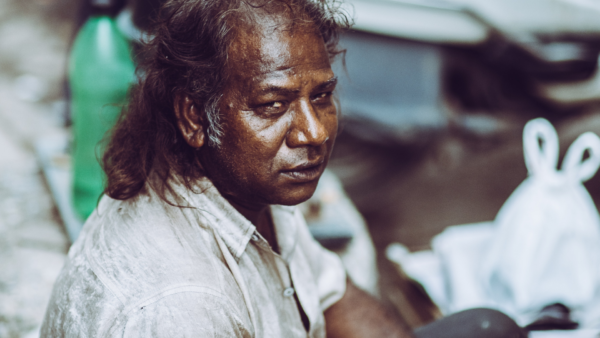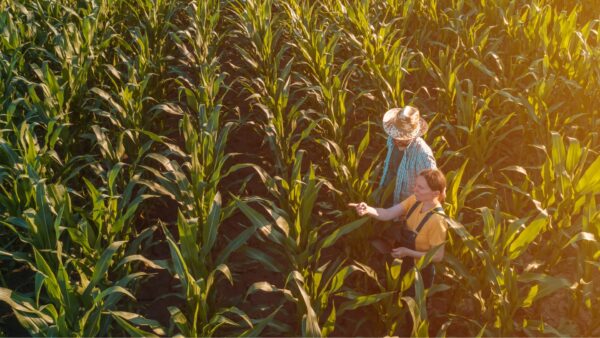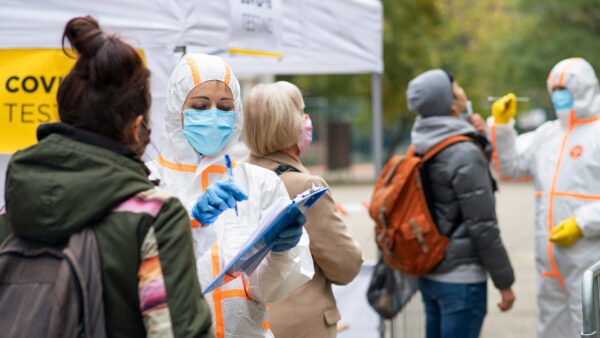Life below water needs our attention: dealing with micro plastics
At 11,034 meters below sea level in the Pacific Ocean, the Mariana Trench is the deepest point on earth, cloaked in perpetual darkness and the temperature is just a few degrees above freezing. The water pressure at the bottom of the trench is a crushing eight tons per square inch—or about a thousand times the standard atmospheric pressure at sea level. Heading to the floor of the Mariana trench is akin to a space mission – needing highly specialist equipment and incredible levels of planning. Despite this, the deepest point of the earth has felt the effects of human action – with scientists finding plastic bags and microplastics on the seabed.
Researchers plumbing the deepest depths of the planet found the highest levels of microplastics yet found in the open ocean, compared with surveys from elsewhere in the Pacific, Atlantic and Arctic oceans. According to the scientists, manmade plastics have contaminated the most remote and deepest places on the planet – “The hadal zone is likely one of the largest sinks for microplastic debris on Earth, with unknown but potentially damaging impacts on this fragile ecosystem.”
The researchers from the Institute of Deep-Sea Science and Engineering in Hainan collected bottom water and sediment samples from 2,500m down to 11,000m below sea level. By comparison, Mount Everest is 8,850m above sea level. Microplastics have also been found in the stomachs of whales, atop Swiss mountains, in tap water, and human faeces. Microplastics have been shown to harm sea life, which is already being damaged by overfishing and climate change.
This is not because of any single person, industry, or country – the world is completely coupled with plastics and found in every product imaginable – be it toothpastes, shampoos, food cartons, soup cans or cosmetics. The current recycling process unfortunately is incapable of effectively handling the levels of plastic we generate – with most recyclables ending in landfills or shipped to developing countries. Plastics are so engrained in our lives and surroundings that a recent study commissioned by the World Wildlife Fund and conducted by researchers at the University of Newcastle in Australia estimated people consume about 5 grams of plastic a week — roughly the equivalent of a credit card.
It is estimated that we produce over 300 million tons of plastics every year, and at least 8 million tons of plastic end up in our oceans annually and makeup 80% of all marine debris from surface waters to deep-sea sediments. While is detrimental to the environment, but microplastics pose a special challenge given their minuscule size (some are 150 times smaller than a human hair) and ability to enter the food chain. The result is that chemical additives and all end up in the flesh and organs of fish and humans.
However, it’s not all bad news – and new innovations are showing promise in helping clean up our oceans. Here are a few of them:
A Microplastics Magnet
One way to remove microplastics from water is to encourage them to clump together into compounds that can be filtered and extracted, or as per Fionn Ferreira, the 20-year-old Irish inventor, magnetized – out. He created a homemade ferrofluid – a magnetic mixture of oil and powdered rust – and successfully used it to remove 88% of microplastics from water samples. For his ingenious efforts, Ferreira won the top prize at the 2019 Google Science Fair. He now hopes to incorporate his findings into a device compatible with existing filtration systems, such as those in wastewater treatment plants – which are unable to filter out microplastics. In the future, Ferreira plans to test out whether he could use the device to make a self-cleaning filter for helping clean up the oceans.
A screen that can catch ‘plastic dust’
Marc Ward first became concerned about microplastics over 15 years ago while studying threats to wild marine turtle populations in Costa Rica. In his studies, he found the turtles were swallowing toxic microplastics, as even the most secluded of beaches contained plastic particulates.
He began surveying beaches in both South America and near his home of coastal Oregon, sifting through sand with a static-charged screen that was able to capture plastic particles as small as 50 microns – the size of dust. In some areas, he found 10 pounds of microplastic in each square meter of beach. He has now scaled up his innovation, working with a team to filter thousands of pounds of plastic out of Oregon’s beaches each year as part of his non-profit, Sea Turtles Forever’s Blue Wave initiative.
Using bottom feeders as ‘living vacuum cleaners’
Dr. Juan José Alava, an expert in marine eco-toxicology and conservation, believes the answer to the microplastics problem already lies in nature. Alava studies organisms he calls “living vacuum cleaners”, including bottom feeders such as sea cucumbers, as well as the much smaller organisms that make up “epiplastic microbial communities” such as strains of bacteria capable of breaking down synthetic material. Some of these bacteria, which originally evolved to metabolize naturally occurring polymers such as lignin and wax, while others evolved to eat plastic garbage specifically. He is now working to identify communities of bacteria and try and enhance them by stimulating them to break down plastic. As per Dr. Alava, when an organism can eliminate more plastic than it accumulates in its body or waste, it becomes the best ally in the fight against microplastics.
The World We Want is proud of these ingenious innovations which are helping to make the world a better place for all creatures.










